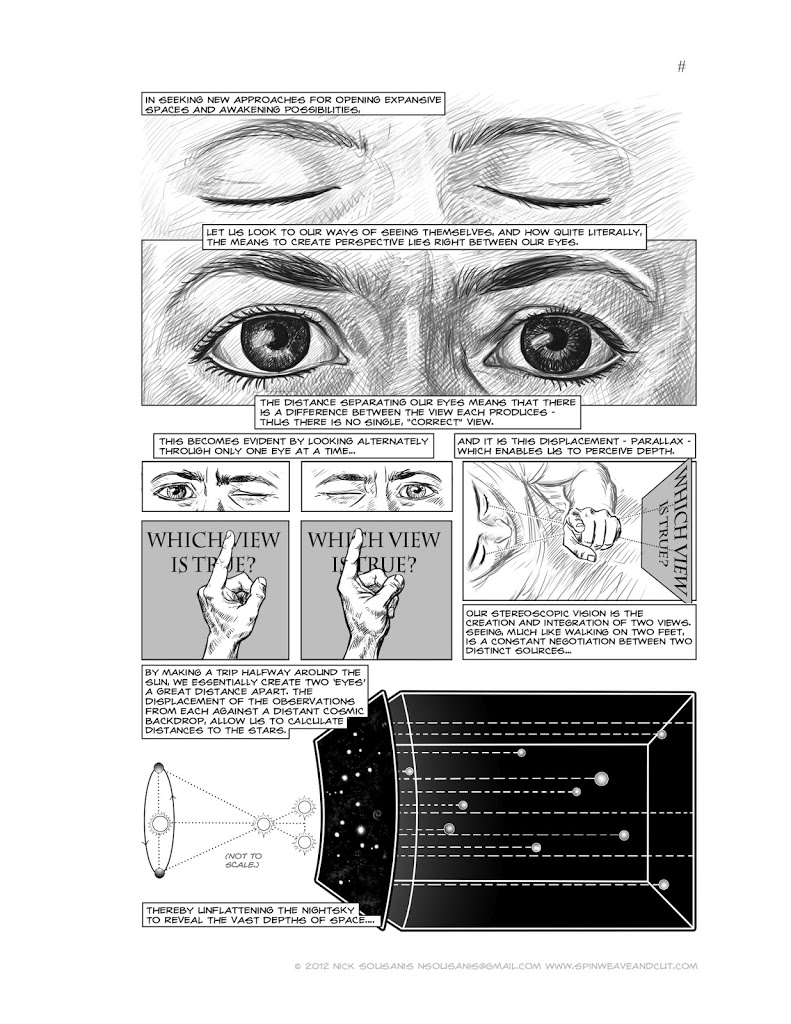The Academy of the Lynxes and their Paper Museum harnessed the abilities of talented artists to create detailed drawings and paintings of flora and fauna. Because the early modern academics relied on visual observation for their systems of classification, so collaborations with artists allowed for the cataloging of the different species. Before the invention of photography, the incredibly detailed drawings within the paper museum allowed scholars to view species that were not easily accessible. Rather than journeying to the far away locations or otherwise acquiring a specimen, scholars could study the drawings instead. Additionally, the drawings allowed for easier visualization of foreign/exotic species. If a scholar had never seen a particular species, an image is easier to understand than a textual description.
I think in the 21st century, scholars should also be seeking interdisciplinary projects. There are many modes through which information can be conveyed. For example, visual, auditory, written, kinesthetic, and so on. I personally have become a strong advocate for multimodal communication. I think that scholars should be thinking of the different ways people learn when they present their information. Scholarly disciplines have cemented conventions for their particular field of study, but branching across the disciplines can allow for a greater understanding of the world as a whole. The world isn’t partitioned into scientific and humanities spaces. For example, a garden can be both a place for investigating how plants grow and reproduce, but landscaping can be considered an art form. I think finding the connections between these different spheres of study can foster greater accessibility and understandings. A particularly interesting example of this that I have come across was Unflattening by Nick Sousanis, a dissertation about multimodality written in the format of a graphic novel.


Baroque gardens were often treated as both works of landscape art and botanical laboratories. A wonderful insight, Marissa!